Bala shark - Balantiocheilos melanopterus
Scientific name: Balantiocheilos melanopterus
Common name: Bala shark
Family: Cyprinidae
Usual size in fish tanks: 30 - 40 cm (11.81 - 15.75 inch)
014
Recommended pH range: 5.8 - 7.9
Recommended water hardness: 4 - 12°N (71.43 - 214.29ppm)
0°C 32°F30°C 86°F
Recommended temperature range: 22 - 29 °C (71.6 - 84.2°F)
The way how these fish reproduce: Spawning
Where the species comes from: East Asia
Temperament to its own species: peaceful
Temperament toward other fish species: peaceful
Usual place in the tank: Middle levels
Origin
The Bala shark (Balantiocheilos melanopterus) originates from Southeast Asia, specifically from river systems in Thailand, Borneo, and Sumatra. In the wild, their populations are declining due to habitat destruction from dam construction and overfishing for the aquarium trade. They are now considered endangered in some parts of their native range.
Lifespan
In a well-maintained aquarium, Bala sharks can live up to 6 years, though some individuals may live longer under optimal conditions.
Short description
The Bala shark, also known as the silver shark, is a large, torpedo-shaped schooling fish with metallic silver coloration and distinct black-edged fins. Despite its size, it is peaceful and suitable for large community aquariums with similarly sized species. Bala sharks are active swimmers and should be kept in groups of at least 3–5 individuals. Solitary Bala sharks can become stressed or skittish.
Because they grow up to 35–40 cm (14–16 inches), they require a spacious aquarium of at least 400–500 liters (100 gallons). The tank should offer open swimming areas along with driftwood, rocks, or tall plants for shelter. Use a tight-fitting lid, as these fish are powerful jumpers. Good water movement and oxygenation are essential, and temperature must remain stable—low temperatures can trigger stress or diseases like ich (whitespot).
Food and feeding
Bala sharks are omnivores with a strong appetite. Offer a varied diet that includes high-quality flakes or pellets as a staple. Supplement this with live or frozen foods such as bloodworms, brine shrimp, or daphnia, as well as blanched vegetables like spinach or zucchini. Feed once or twice daily, and avoid overfeeding to prevent digestive issues.
Sexing
Sexual dimorphism is not clearly visible in Bala sharks. Males and females appear very similar in size and coloration, making them difficult to sex reliably.
Breeding
Breeding Bala sharks in the home aquarium is considered impractical due to their large adult size and need for open water. In captivity, they have not been successfully bred under normal aquarium conditions. Commercial breeding is done in large ponds or through the use of hormonal treatments, particularly in Southeast Asia.
Suitable tankmates
Due to their peaceful temperament and large size, Bala sharks should be housed with other peaceful fish of similar size or larger. Suitable tankmates include:
Avoid housing them with small fish such as neon tetras, which may be seen as food due to the Bala shark’s size and speed.
Recommended plants
Although Bala sharks are active swimmers and may disturb delicate plants, hardy species that can tolerate their movement work well. Recommended plants include:
Q&A
Why does my Bala shark have a few black scales?
This may be caused by ammonia burns. The affected scales often darken temporarily and should return to normal if water quality improves. Regular testing and water changes help prevent such issues.
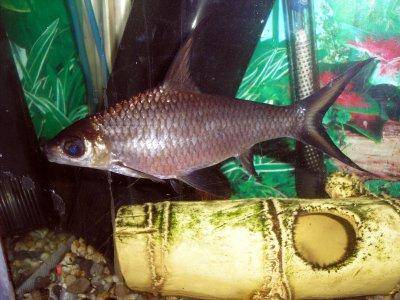





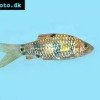 Spotted
Spotted  Golden
Golden 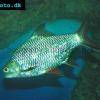 Tinfoil
Tinfoil 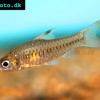 Congo
Congo 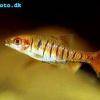 Blue-barred
Blue-barred 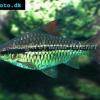 African
African 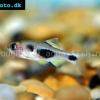 Butterfly
Butterfly 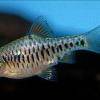 Olivegreen
Olivegreen 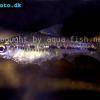 Morse
Morse 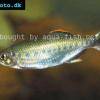 Jerdon’s
Jerdon’s  Mosquito
Mosquito 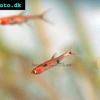 Dwarf
Dwarf  Eyespot
Eyespot  Goldfish
Goldfish 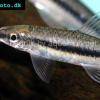 Penguin
Penguin 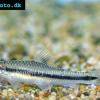 Siamese
Siamese 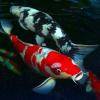 Koi
Koi  Pearl
Pearl  Glowlight
Glowlight 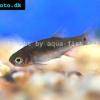 Crossbanded
Crossbanded  Yoma
Yoma 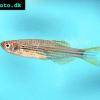 Orange
Orange 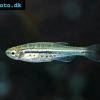 Dwarf
Dwarf 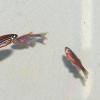 Zebra
Zebra 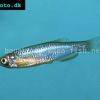 Rose
Rose 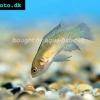 Red
Red 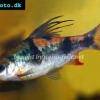 Arulius
Arulius 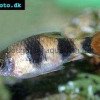 Tambraparni
Tambraparni  Fiveband
Fiveband 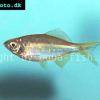 Bengal
Bengal 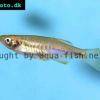 Tiger
Tiger  Malabar
Malabar 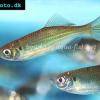 Queen
Queen  Hora
Hora 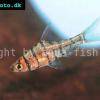 False
False  Redtail
Redtail 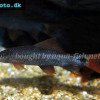 Rainbow
Rainbow 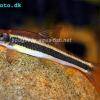 Flying
Flying  Garra
Garra  Black
Black 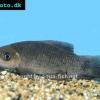 Purple
Purple 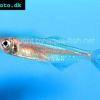 Burmese
Burmese 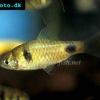 Dwarf
Dwarf 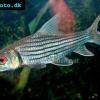 Isok
Isok 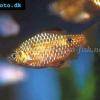 Rosy
Rosy 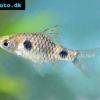 Two
Two 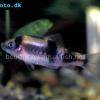 Melon
Melon 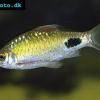 Black-spot
Black-spot 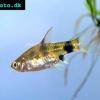 Golden
Golden 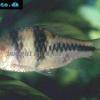 T-Barb
T-Barb 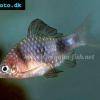 Ruby
Ruby 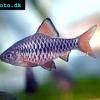 Checkered
Checkered 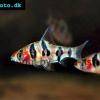 Rhomb
Rhomb 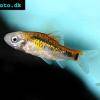 Gold
Gold  Tiger
Tiger  Cherry
Cherry 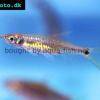 Brittan’s
Brittan’s 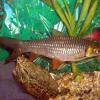 Greater
Greater 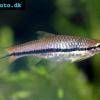 Long-band
Long-band 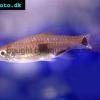 Twospot
Twospot  Reticulate
Reticulate  Cherry
Cherry 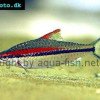 Denison
Denison 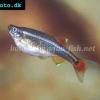 White
White  Lambchop
Lambchop  Harlequin
Harlequin